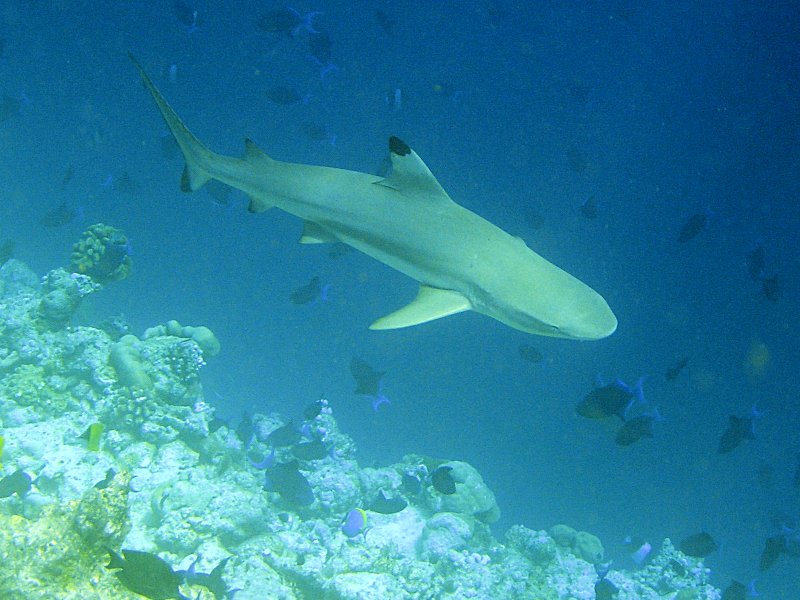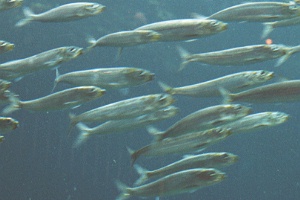|
Carcharhinid
Requiem sharks are sharks of the family Carcharhinidae in the order Carcharhiniformes. They are migratory, live-bearing sharks of warm seas (sometimes of brackish or fresh water) and include such species as the tiger shark, bull shark, lemon shark, spinner shark, blacknose shark, blacktip shark, grey reef shark, blacktip reef shark, silky shark, dusky shark, blue shark, copper shark, oceanic whitetip shark, and whitetip reef shark. Family members have the usual carcharhiniform characteristics. Their eyes are round, and one or two gill slits fall over the pectoral fin base. Most species are viviparous, the young being born fully developed. They vary widely in size, from as small as adult length in the Australian sharpnose shark, up to adult length in the tiger shark.Compagno, L.J.VFamily Carcharhinidae - Requiem sharksin Froese, R. and D. Pauly. Editors. 2010FishBase World Wide Web electronic publication, version (10/2013). Scientists assume that size and shape of th ... [...More Info...] [...Related Items...] OR: [Wikipedia] [Google] [Baidu] |
Copper Shark
The copper shark (''Carcharhinus brachyurus''), bronze whaler, or narrowtooth shark, is a species of requiem shark, family Carcharhinidae, and the only member of its genus found mostly at temperate latitudes. It is distributed in a number of separate populations in the northeastern and southwestern Atlantic, off southern Africa, in the northwestern and eastern Pacific, and around Australia and New Zealand, with scattered reports from equatorial regions. This species can be found from brackish rivers and estuaries, to shallow bays and harbors, to offshore waters deep or more. Females are found apart from males for most of the year, and conduct seasonal migrations. A large species reaching long, the copper shark is difficult to distinguish from other large requiem sharks. It is characterized by its narrow, hook-shaped upper teeth, lack of a prominent ridge between the dorsal fins, and plain bronze coloration. Feeding mainly on cephalopods, bony fishes, and other cartilaginous fis ... [...More Info...] [...Related Items...] OR: [Wikipedia] [Google] [Baidu] |

